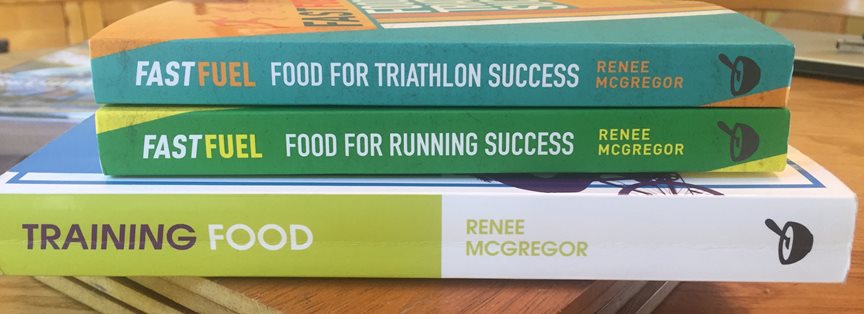Last updated: 30-Aug-18
By Seth Grotzke
There is a little game I like to play every summer. It is called “Chase the Runner’s Tan.” It is a simple diversion with relatively few rules that’s geared toward pigment-deficient individuals such as myself.
The game normally begins on your first summer race. You have trained primarily in cool or cloudy weather, but somehow you are blessed with a beautiful cloudless day on your maiden summer ultra.
During your post race shower, it comes to your attention that in all those hours of glorious sunshine you forgot to apply sunscreen. When I say “comes to your attention” I refer to that sensation you experience when the hot water comes in contact with the rapidly reddening flesh.
If you have never had the privilege of experiencing this, imagine someone pouring boiling oil over your skin. At this moment the game has started and your goal is clear, chase the tan line.
During your following training runs and races you can employ two distinct strategies.
The standard form of play involves wearing clothing which covers the burnt epidermis in its various stages of peeling, and slowly allow the burn to dissipate. A slightly more daring approach, is to wear more revealing clothing and burn the rest of your skin into submission.
There is a third, and far more advanced technique which involves a combination of the two. Because this results in a confusing and often startling outfit, I only recommend this strategy to the most advanced players.
At this point, you are well into round two. Rounds continue throughout the race season and focus on various parts of exposed skin.
The principle theatres for play involve the arm tan, neck tan, watch tan, sunglasses tan, and for those who wear those obnoxiously large cell phone arm bands, the “Millennial” tan.
For beginners, this game can be played all the way until autumn.
If at the end of the season you don’t look like a zebra, or a snake in its various stages of moulting, you win.
Good luck!
Variations: Off-season play can be accomplished by visiting a tropical destination during the winter months. The only problem is that this is considered a lighting round and normally only lasts 5-10 days, depending on your allotted vacation days.
Standard rules and strategies apply.
Do you have any tactics you can share?
You can read more of Seth’s musings over at sethgrotzke.com. His goal is to keep some “real” in the ultra scene and help provide a stabilising influence for the world through sarcasm.




